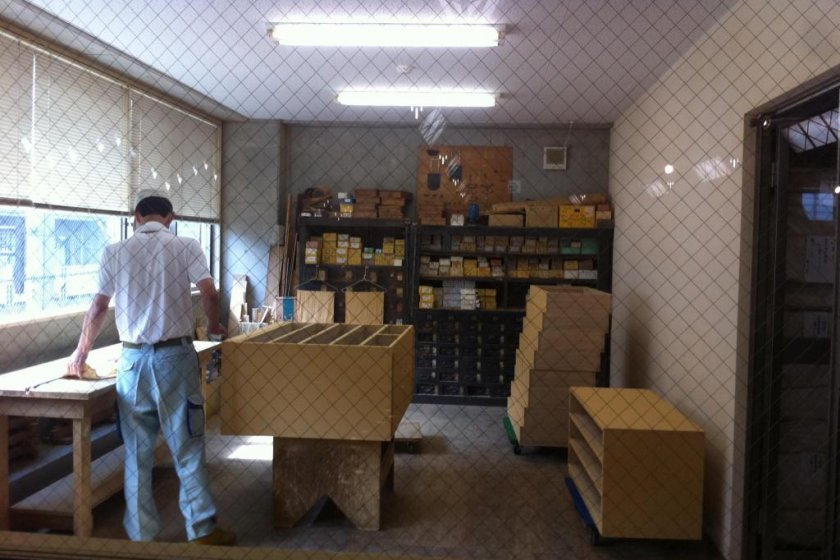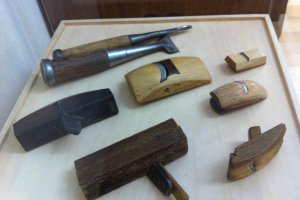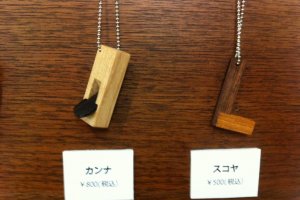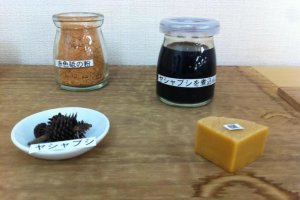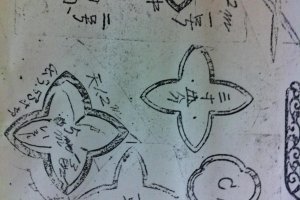My wedding present to my wife was an antique tansu kimono chest. Being the center piece in the living room, it was a beautiful cherry brown stained five drawer affair with Meiji period motifs on the hinges which stood the test of time. There was even a secret compartment to put all the accessories, like obi kimono sashes and senshu folding fans. We didn’t know who originally bought the tansu or what was the life of the people a hundred years ago who owned it, but despite the marks of everyday life the tansu was a beautiful item to behold.
When my wife tried to fit her new kimonos in the tansu, it dawned on us that the drawers weren’t wide enough to fit the kimonos properly. It made me think, what happened to all the other Meiji period tansu? Are there still instructions left on how to make these masterpieces? And is there anyone left who makes tansu?
Deep in the heart of Kyoto city, there is a narrow street called Ebisugawa dori. This is THE street to go to for traditional Japanese furniture, from wooden screens and period items to bamboo to tansu! Most first or second time visitors to Kyoto don’t know about this street, and even after ten years I had no idea until I met Mr Nakano, the Chairman of the Handicraft Guides Association.
In the heart of Ebisugawa dori is Kyoto Sashimono Table Furniture Museum. Here they have documented the history of Japanese furniture down to the very last detail. I could spend hours reading the pattern guides and the design sketches for various items, let alone peering through the design magazines from forty, fifty, or even eighty years past. There are also lots of small furniture items and even toy furniture tools which would make a great souvenir or a special gift to keep for many generations.
This museum is associated with the Miyazaki Company, a family owned concern founded in 1856 and a supplier to the Imperial Palace. You can imagine this is a place where Kyoto Aristocracy would go to buy furniture for a newlywed couple, and even royalty have bought furniture from this store. And just in case I won’t have the opportunity to meet the imperial family, at least I can see the pictures of the palace where these furniture were used.
There is also a workshop where you can see master artisan hand making these tansu. It takes weeks for the furniture to be made, sculpted, sanded and air dried. This is truly a masterpiece heirloom for many generations to enjoy. And who knows how different the tansu would be in a hundred years’ time?
